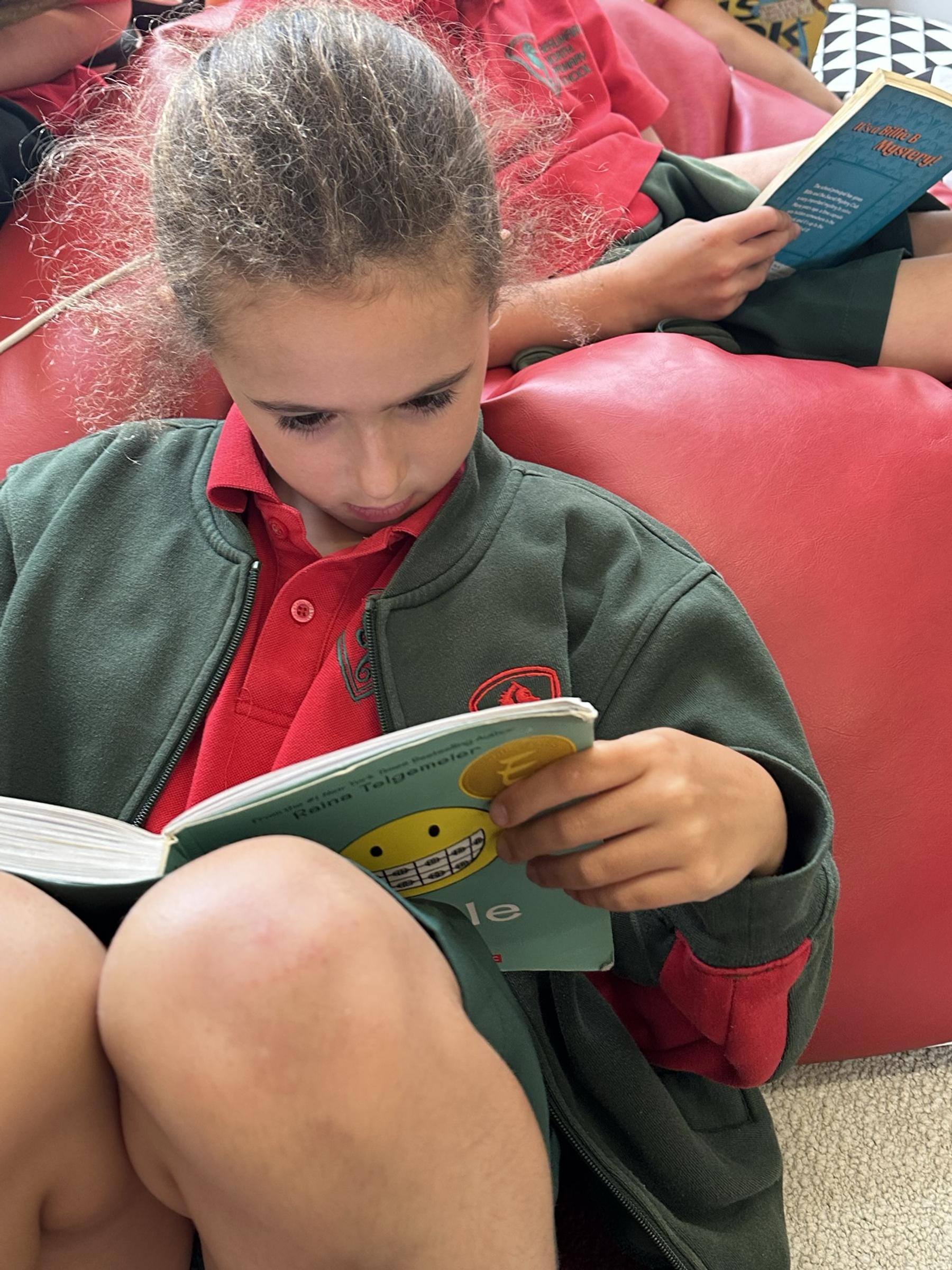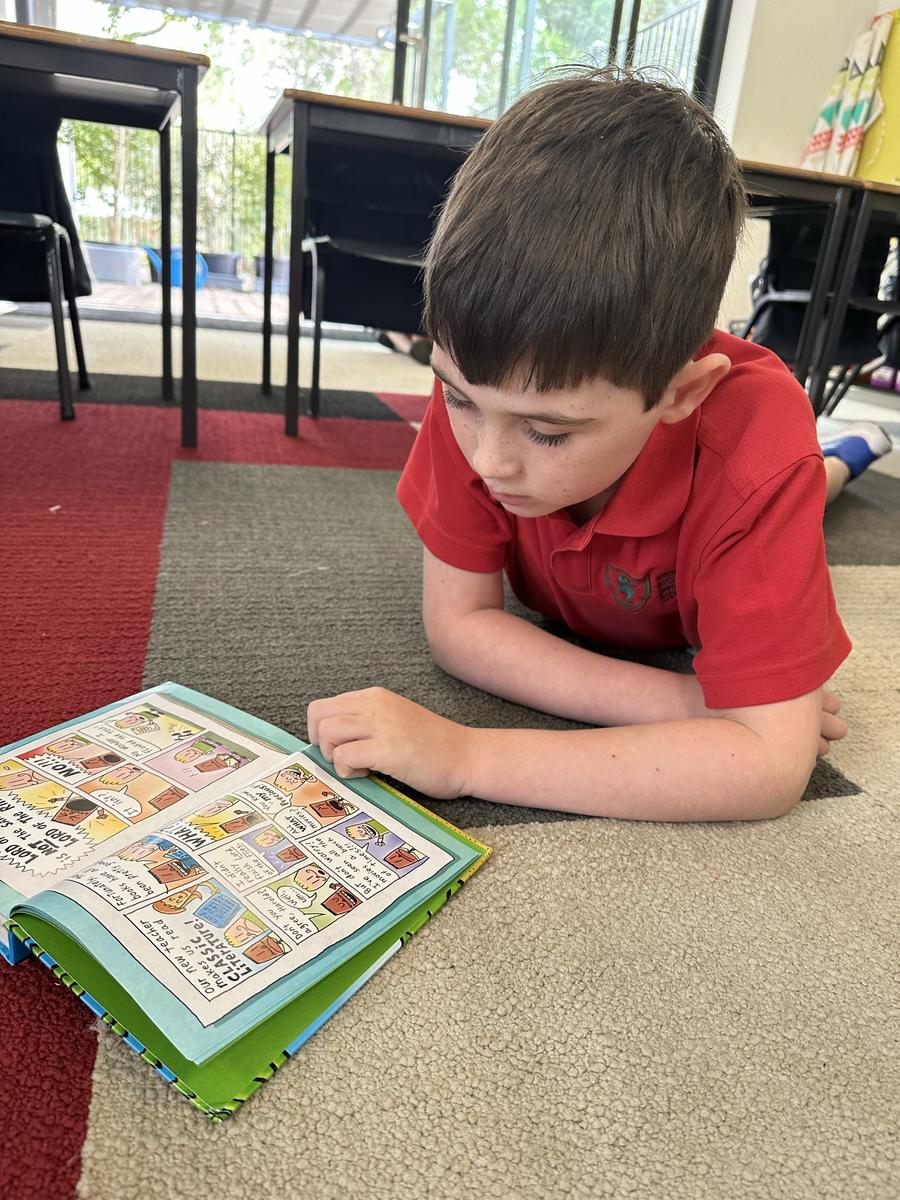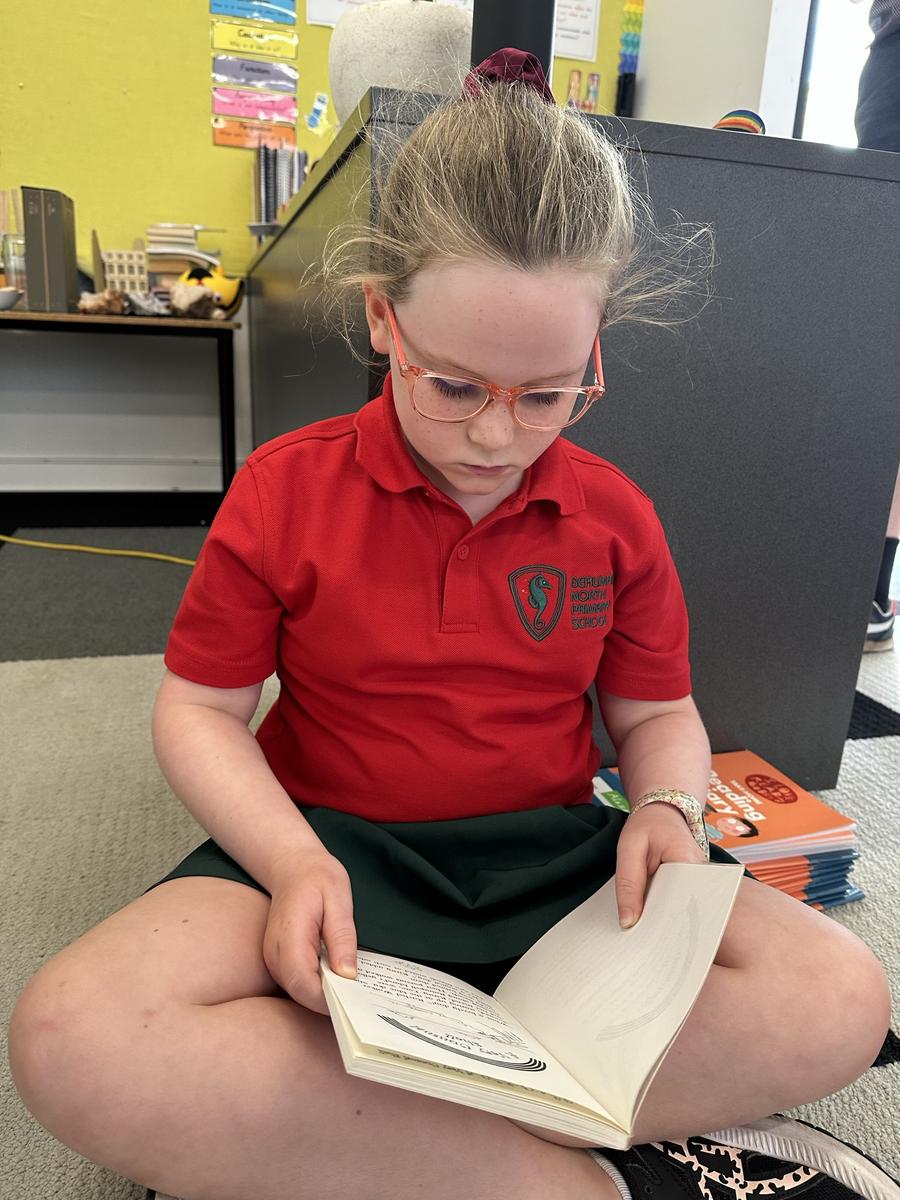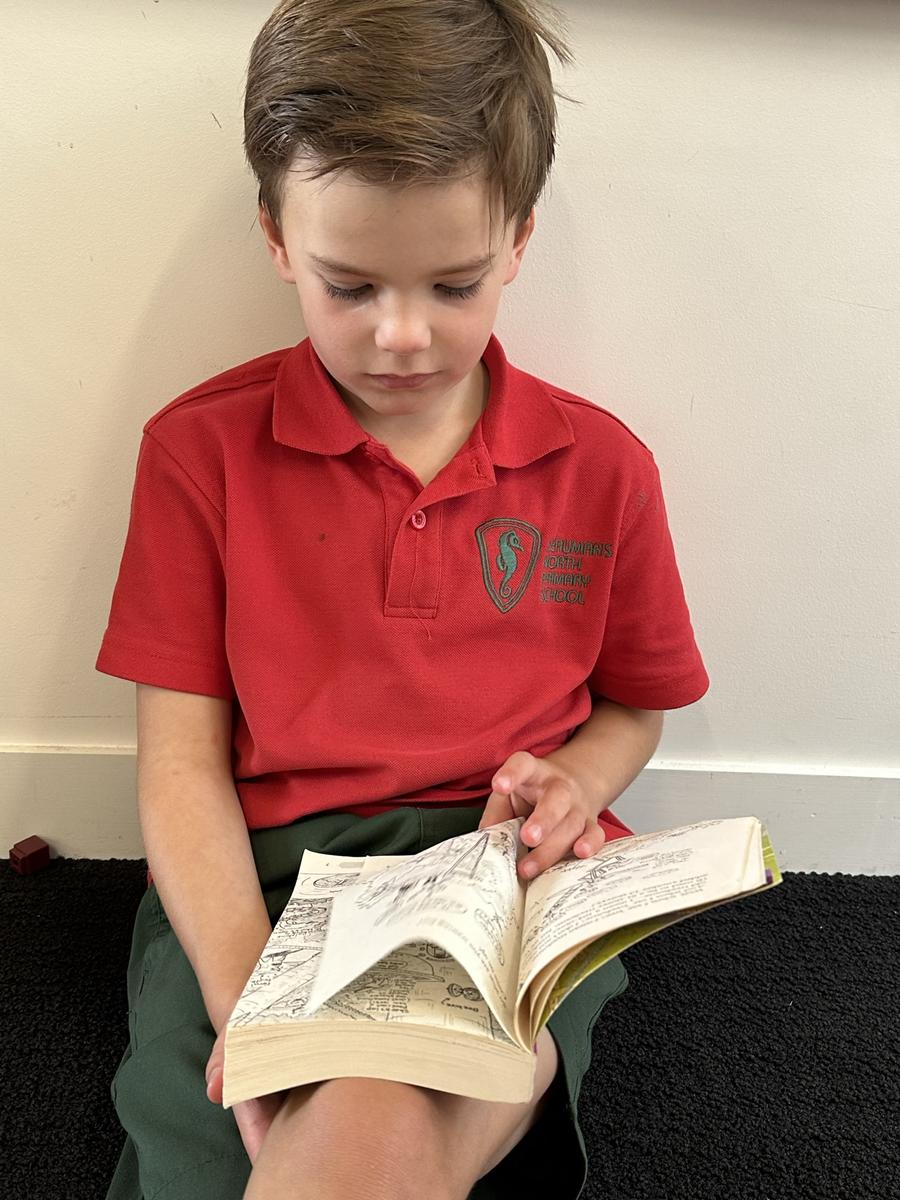Literacy

The Importance of Reading Fluency in Primary School Students
Reading fluency is a crucial skill that significantly shapes a child’s academic journey and fosters a love for learning. For primary school-aged students, fluency isn’t just about reading quickly—it’s about reading accurately, smoothly, and with appropriate expression. It’s the link between recognizing words and truly understanding them, and it’s essential for building strong literacy foundations.
What is Reading Fluency?
Reading fluency has three key components:
Accuracy: Correctly reading the words on the page.
Rate: Reading at a natural pace, not too slow or too fast.
Expression: Using proper intonation, phrasing, and rhythm to convey meaning.
When children achieve fluency, they’re no longer stuck on sounding out every single word. Instead, they can focus on the bigger picture—grasping what the story or passage is about.
Why Does it Matter?
Research consistently shows that reading fluency is a strong predictor of reading comprehension and overall academic success. Here’s why it’s so important:
Comprehension: Fluent readers don’t have to use all their energy on decoding words. This frees up mental space to understand, interpret, and analyse the text.
Motivation: When children can read smoothly and confidently, they’re more likely to enjoy reading. This positive cycle encourages them to read more, further strengthening their literacy skills.
Vocabulary Building: Fluent reading allows students to encounter new words in context, expanding their vocabulary naturally.
Cross-Curricular Success: It’s not just English that requires strong reading skills. Even Science and Maths often requires strong reading skills. Fluency supports students in tackling these subjects with confidence.
How Can We Foster Fluency?
Both teachers and parents play a vital role in developing reading fluency:
Model Reading: Read aloud to your child often, demonstrating how to pause, change your voice, and read with expression. This sets a strong example for them to follow.
Encourage Repeated Reading: Let children read their favourite books multiple times. Repetition builds familiarity, which in turn builds fluency.
Use Varied Texts: Offer a mix of fiction, nonfiction, poetry, and even song lyrics! Exposure to different styles of writing helps children become more versatile readers.
Provide Support and Praise: Celebrate every milestone. Encouraging words and positive feedback can go a long way in building a child’s confidence.
Practice Together: Engage in paired reading, echo reading, or choral reading. These interactive strategies help students practice fluency in a fun, supportive setting.
A Lifelong Gift
Reading fluency is more than a skill; it’s a gateway to a lifetime of curiosity and exploration. When primary school-aged students become fluent readers, they’re better prepared to tackle more complex texts as they progress through school. Most importantly, they gain the ability to learn independently and confidently—skills that will serve them well beyond the classroom.






